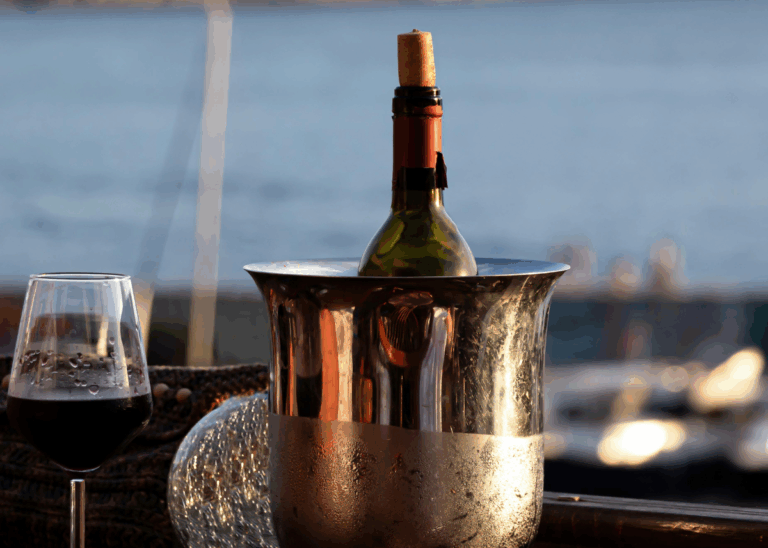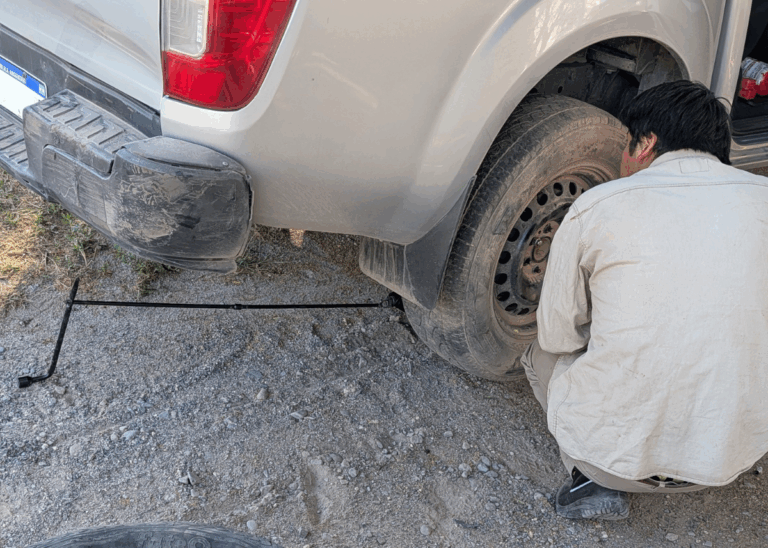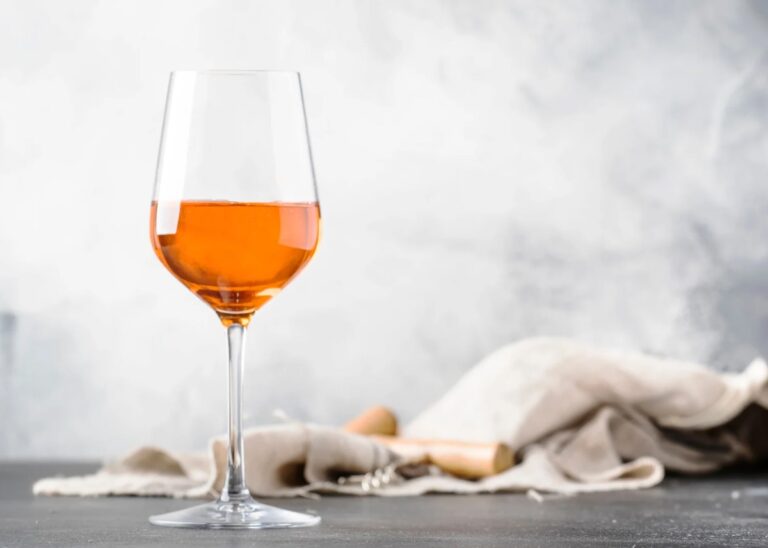[et_pb_section fb_built=”1″ _builder_version=”4.16″ _module_preset=”default” global_colors_info=”{}”][et_pb_row _builder_version=”4.16″ _module_preset=”default” global_colors_info=”{}”][et_pb_column type=”4_4″ _builder_version=”4.16″ _module_preset=”default” global_colors_info=”{}”][et_pb_video src=”https://youtu.be/jVQf-qghV8c” _builder_version=”4.26.1″ _module_preset=”default” width=”75%” width_tablet=”85%” width_phone=”100%” width_last_edited=”on|phone” module_alignment=”center” global_colors_info=”{}”][/et_pb_video][et_pb_text _builder_version=”4.27.0″ _module_preset=”default” hover_enabled=”0″ global_colors_info=”{}” sticky_enabled=”0″]
Alcohol levels in wine have been rising in recent years… here’s why (and what it means for you).
Transcript:
00:00:00:00 – 00:00:26:08
Hello, bonjour, and welcome to your new Bonner Private Wines video, where we learn together about wine, weekly. I’m your host, Julien, Bordeaux-trained winemaker. Imagine a world where we have to enjoy our wine using those tiny shot glasses. Because the alcohol content has become so high in them that it would be the only reasonable way to drink it.
00:00:26:08 – 00:00:57:06
When you look at the alcohol levels in our vinos, you’ve probably seen how they’ve been creeping up and up year after year 13% alcohol to 13.5, 14. And now you quite commonly find wines over 15% and more. Where is this going to stop? Are we going to have wines at 25% alcohol in the next decade? What’s going on here and what can we do about it?
00:00:57:07 – 00:01:18:24
Let’s talk about the rising alcohol levels in wine. While they whine, we wine.
00:01:22:08 – 00:01:52:06
We’re going to get to how high alcohol levels are going to get in the future. And it may surprise you, indeed. But first, we need to understand where the issue lies, what’s going on here. And for this, we need to talk a little about grape maturity, which is pretty interesting in and of itself and will help us understand why those alcohol levels are going up.
00:01:52:07 – 00:02:17:18
Grape maturity has two aspects to it. First is the level of sugar. How sweet the grapes taste. The riper the grapes, the sweeter they are. We call this simply the sugar ripeness. We need grapes that are sweet enough to make good wine. It makes sense. The second aspect of grape maturity is what we call the phenolic ripeness or flavor ripeness.
00:02:17:20 – 00:02:52:19
As they ripen, grapes grow from tasting really green and acidic. They taste more like a lime juice blended with cucumber if you wish when they are green. They get to tasting fruity and delicious when they’re ripe, like apricot and peach for example in a white wine, like strawberries and blackberries for red wine. And it’s not only the sugar level doing that, it’s the nature of the aromatics in the grapes that changes from being green and harsh to being ripe and fruity.
00:02:52:19 – 00:03:32:11
So everything in the grapes changes. Same with the tannins as they get smoother and softer when the grapes are fully ripened. Now in cool climates like in champagne or Burgundy, or Canada, Germany or England for example, the flavor ripeness is reached before the sugar ripeness. You may find grapes that taste fruity when you taste them. They’re delicious, but they aren’t quite sweet enough, so growers have to leave the grapes longer on the vines in September or October, waiting for the sugar content to build up and hoping that it doesn’t stop raining too much.
00:03:32:11 – 00:04:22:21
That’s for cool climates. They have to leave the grapes outside in the vines for a long time. In hot climates, it’s the opposite. Grapes may reach 30% or 40% potential alcohol. They’re really sweet, but the flavors are still green if you taste them properly. Independents are still harsh, so growers also have to wait for the grapes to fully ripened, but—to fully ripen, sorry—but aromatically this time. And unfortunately the alcohol keeps rising in the meantime, which is how you end up with wines at 14.5, 15 plus percent of alcohol because the aromas are green, so you have to wait until they get really fruity.
00:04:22:23 – 00:04:47:20
Now that we understand the basis on which us winemakers decide to pick grapes or not during the harvest season, depending on the maturity of the grapes, why have alcohol levels in wines crept up and up continuously over the past 2 or 3 decades? And what are the solutions? The issue can be broken down into three simple related factors.
00:04:47:20 – 00:05:30:15
First is obviously global warming or say, climate change. Wine regions have grape varieties that fit the climate. Bordeaux has had Cabernet Sauvignon in Maryland for centuries, emulated by California. Burgundy has had Pinot noir, Tuscany has had Sangiovese, they also had Tempranillo, etc. all those regions are warmer now than they’re used to. So for the wines to still taste nice and fruity with smooth tannins, winemakers still have to wait a certain amount of time for the aromatic maturity to be reached, because the aromas take time to fully develop and concentrate.
00:05:30:15 – 00:05:58:05
Vines can’t speed up the synthesis and transformation of aromas that much with heat. What they can do, though, is produce a lot of sugar because that’s what wines do. They keep for different synthesizing sugars in large quantities when it’s hot and wines end up with higher alcohol levels, you wait for the aromatic maturity and you end up with a ton of sugars.
00:05:58:07 – 00:06:27:05
On top of this, there are two additional contributing factors. Improved viticulture has led to grapes being picked in a riper state now than they were before. Viticulturalists are very precise now, so grapes tend to not rot too much in the vineyards anymore. So we push the harvest state to later. And finally, with the influence of wine critics like Robert Parker, you can watch my video about Robert Parker right here.
00:06:27:07 – 00:06:58:08
And just the taste and personal preferences of winemakers and consumers evolving over time. We tend to look for sweeter, fruitier and riper wines that are generally considered more pleasant and scored higher in magazines. That’s the big picture. So what is the solution to all of this? How do we save the world of wine? How high can alcohol get in wines considering the planet is getting warmer and warmer?
00:06:58:10 – 00:07:19:14
I do want to keep this video short for today and tight enough to be digestible, so we’ll answer all of those questions in next week’s video. If you’re watching this at a later date, here is that next video with all your answers. Subscribe to never miss a new episode and I will see you soon in the wonderful world of wine.
00:07:19:16 – 00:07:30:14
Cheers.
[/et_pb_text][/et_pb_column][/et_pb_row][/et_pb_section]



